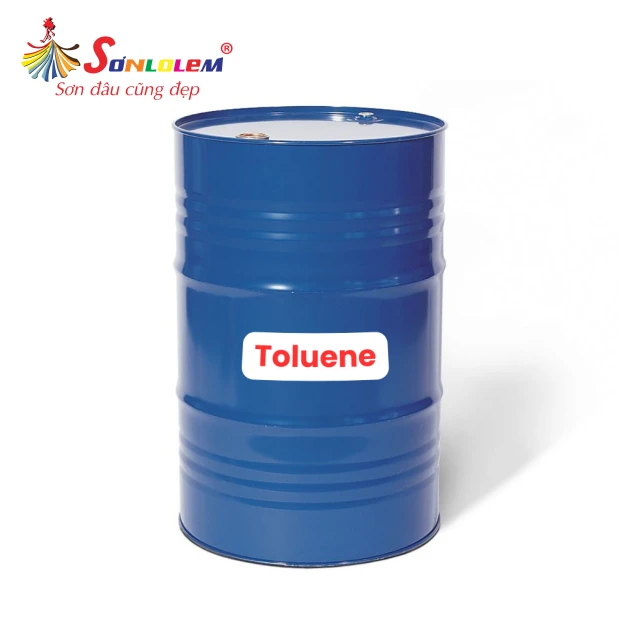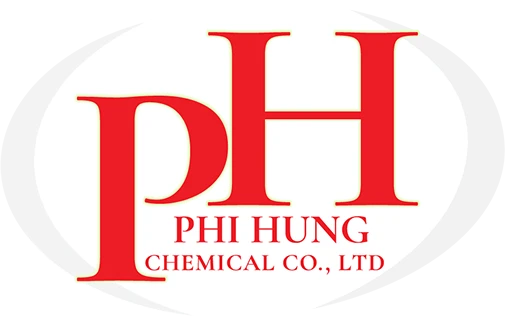

Toluene
Toluene
Other Names: Methylbenzene, Phenylmethane, Toluol, …
Origin: Taiwan
Packaging: 160Kg/drum
Product information:
Toluene Product Description
1. Product Description
Toluene is an aromatic hydrocarbon compound. It is a clear liquid with a mild, pleasant odor and is insoluble in alcohol, ether, acetone, and most other organic solvents, while slightly soluble in water.
Toluene is primarily used as a solvent for dissolving various materials such as paints, inks, chemicals, rubber, adhesives, etc.
2. Properties of Toluene
2.1. Physical Properties
- Toluene is a transparent liquid with a mild, aromatic odor and no taste.
- It has a high volatility, is highly flammable, and easily ignites.
- Toluene is insoluble in alcohol, ether, acetone, and other organic solvents, but slightly soluble in water.
- Molecular weight: 92.14 g/mol
- Density: 0.8669 g/cm³
- Water solubility: 0.053 g/100 mL (20-25 °C)
- Melting point: −93°C
- Boiling point: 110.6°C
- Critical temperature: 320°C
- Viscosity: 0.590 cP at 20°C
2.2. Chemical Properties
- Reaction with bromine:
Br2+C6H5CH3→C6H5CH2Br+HBrBr_2 + C_6H_5CH_3 → C_6H_5CH_2Br + HBr
- Reaction with chlorine under light exposure:
Cl2+C6H5CH3→HCl+C6H5CH2ClCl_2 + C_6H_5CH_3 → HCl + C_6H_5CH_2Cl
- Nitration reaction: Produces nitrotoluene and water.
- Hydrogenation reaction: Produces methylcyclohexane.
- Oxidation reaction of methyl group: Leads to the formation of benzoic acid.
Toluene exhibits typical hydrocarbon properties, easily undergoing substitution reactions but being resistant to addition reactions and oxidation.
3. Toluene Production Methods
Several methods are used to refine toluene:
- Using CaCl₂, CaH₂, CaSO₄, P₂O₅, or sodium to remove water.
- Synthesizing toluene from pure benzene and CH₃Cl (not cost-effective).
- Industrial production primarily involves distilling petroleum or coal to extract toluene, making use of natural resources while enabling large-scale production at reduced costs.
Chemical synthesis methods:
C6H6+Cl2→C6H5Cl+HClC_6H_6 + Cl_2 → C_6H_5Cl + HCl C6H5Cl+CH3Cl+2Na→C7H8+2NaClC_6H_5Cl + CH_3Cl + 2Na → C_7H_8 + 2NaCl C6H6+CH3Cl→C7H8+HClC_6H_6 + CH_3Cl → C_7H_8 + HCl
4. Applications of Toluene
- As a solvent in various industries.
- Paint industry: Used as a solvent and thinner.
- Plastic and adhesive manufacturing: Essential in synthetic resin production, rubber adhesives, and similar products.
- Fuel industry: Used as an octane booster and a carrier for fuel additives.
- Cosmetics industry: Especially in perfume production.
- Cleaning agent: Used for metal cleaning and ink production.
- Explosives industry: Essential in TNT (trinitrotoluene) production.
5. Safety Precautions & Preventive Measures
5.1. Usage Precautions
- Contact with skin and eyes may cause irritation. Prolonged exposure can lead to severe effects.
- Inhalation can cause headaches, drowsiness, unconsciousness, central nervous system damage, brain damage, and even death.
- Ingestion is extremely hazardous and may be fatal.
- Toluene is a highly flammable liquid that can vaporize and form explosive mixtures.
5.2. Preventive Measures
- Wear protective equipment when handling the chemical.
- If exposed, rinse with plenty of water until irritation subsides.
- Store in a covered warehouse, away from direct heat sources, with temperatures below 50°C to prevent fire hazards.
- Keep away from children and residential areas.


 Tiếng Việt
Tiếng Việt